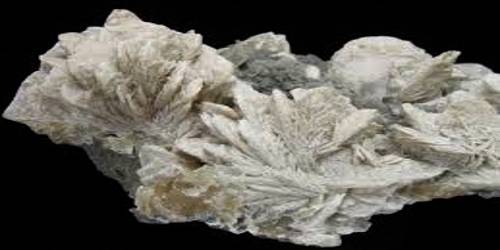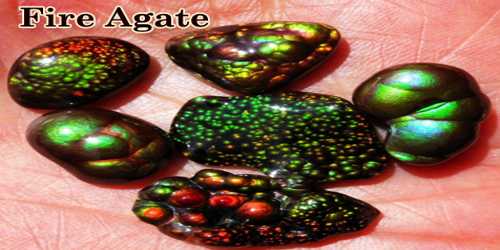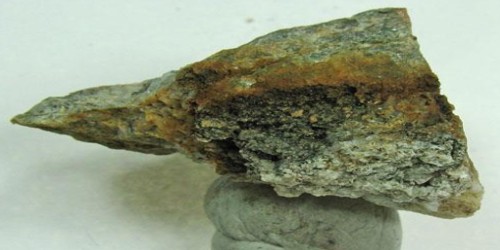Barytocalcite is an anhydrous barium calcium carbonate mineral with the chemical formula BaCa(CO3)2. It is rare to an uncommon mineral that can be found in localities in England, Wales, Germany, the Czech Republic, Russia, Australia, China, Canada, the United States, and several others. It is trimorphous with alstonite and paralstonite, that is to say, the three minerals have the same formula but different structures. Baryte and quartz pseudomorphs after barytocalcite have been observed.
It was named after the barium and the calcite and carbonate in the composition. It was first described in 1824 for an occurrence in the Blagill Mine in North Pennines, Cumbria (Cumberland), England, and named for its composition.
General Information
- Category: Carbonate mineral
- Formula: BaCa(CO3)2
- Crystal system: Monoclinic
- Crystal class: Prismatic (2/m).

Properties
Barytocalcite crystallizes in the monoclinic crystal system, typically as massive to druzy accumulations of transparent white to yellow to grey aggregates of slender prismatic crystals. It has a Mohs hardness of 4 and a specific gravity of 3.64 to 3.71.
- Formula mass: 297.42 g/mol
- Color: Colorless, white, grayish, greenish, yellowish
- Crystal habit: Prismatic, drusy, massive – granular
- Cleavage: Perfect in at least two directions
- Tenacity: Brittle
- Mohs scale hardness: 4
- Luster: Vitreous to resinous
- Streak: White
- Diaphaneity: Translucent to transparent
- Specific gravity: 3.64 to 3.71
Physical properties
Barytocalcite has at least one perfect and one imperfect cleavage. It is a brittle mineral and breaks with an uneven to conchoidal fracture. It is quite soft, with a hardness 4, the same as that of fluorite. Calcite CaCO3 and dolomite CaMg(CO3)2 are carbonates where calcium Ca and magnesium Mg replace the barium in the formula for barytocalcite, BaCa(CO3)2. These two minerals are even softer than barytocalcite, and much less dense. Barytocalcite has specific gravity 3.7. This is higher than that of calcite (2.7) or dolomite (2.85) because the barium atom is very heavy, with atomic mass 137, which is much more than magnesium at 24 and calcium at 40. Barytocalcite is soluble in dilute hydrochloric acid HCl and it is not radioactive.
Occurrence
The type locality is the Blagill Mine, Nent Valley, Alston Moor District, North Pennines, North and Western Region, Cumbria, England. It is an accessory mineral in metallic veins and forms as a reaction of hydrothermal fluid with limestone but maybe the dominant barium-bearing species. This mine is no longer operative, and it has been designated a site on Site of Special Scientific Interest so collecting is no longer allowed. In the past lustrous, transparent, prismatic crystals of barytocalcite have been found there in veins in limestone, associated with fluorite, calcite, and barite.
Information Source:
















